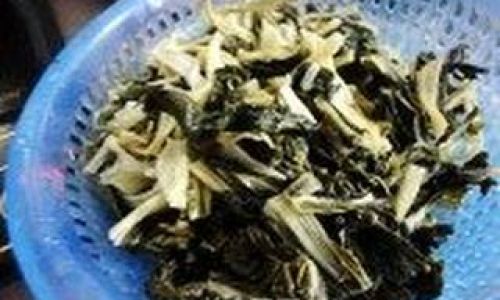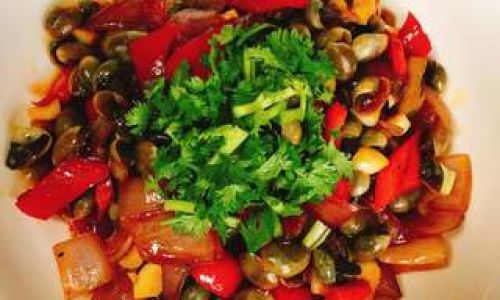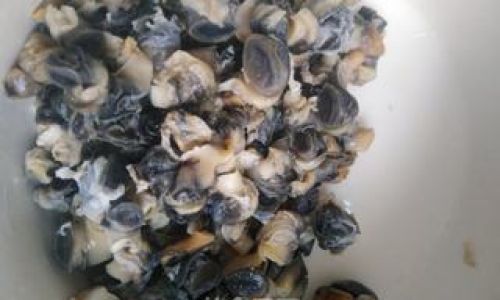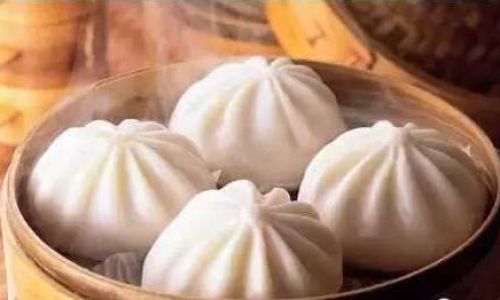Introduction
In an era where sustainability and self-sufficiency are increasingly valued, the ancient practice of preserving food through drying has experienced a resurgence. Drying vegetables, a method dating back centuries, allows individuals to extend the shelf life of seasonal produce, minimize food waste, and create versatile ingredients for culinary experiments. This guide delves into the intricacies of vegetable drying, offering a step-by-step approach to transforming fresh, vibrant produce into nutrient-rich, flavorful dried vegetables. From selecting the right vegetables to mastering drying techniques, this article equips readers with the knowledge to embrace this time-honored tradition.
Selecting the Ideal Vegetables for Drying
The foundation of successful vegetable drying lies in selecting high-quality produce. Not all vegetables are equally suited for this preservation method. Leafy greens like kale, spinach, and Swiss chard dry efficiently due to their thin structure, while root vegetables such as carrots, beets, and sweet potatoes retain their sweetness and texture when dehydrated. Zucchini, tomatoes, peppers, and onions also emerge as excellent candidates, offering concentrated flavors post-drying.

When choosing vegetables, prioritize freshness. Overripe or bruised produce may yield subpar results, as imperfections can intensify during drying. Organic or locally sourced vegetables are ideal, as they minimize pesticide residues and support ecological balance. For optimal outcomes, harvest vegetables at their peak ripeness or purchase them from trusted farmers’ markets.
Preparation: Cleaning and Pre-Treatment
Before drying, vegetables require thorough cleaning to remove dirt, pesticides, and microbes. Rinse each piece under cool running water, gently scrubbing firm vegetables like carrots with a vegetable brush. Delicate greens should be soaked in a vinegar-water solution (1 part vinegar to 3 parts water) for 10 minutes to eliminate bacteria without damaging leaves.
Blanching, a critical pre-treatment step, involves briefly boiling vegetables to inactivate enzymes that cause spoilage and color fading. Submerge vegetables in boiling water for 2–5 minutes, depending on their density, then immediately transfer them to an ice bath to halt cooking. This process preserves vibrant hues and ensures even drying. Steaming is an alternative for heat-sensitive varieties like mushrooms or peas.
Slicing and Shaping for Uniform Drying
Uniformity in size and thickness guarantees consistent drying. Use a sharp knife or mandoline slicer to cut vegetables into even pieces. For leafy greens, remove tough stems and tear leaves into bite-sized fragments. Root vegetables benefit from thin, uniform slices (⅛ to ¼ inch thick), while tomatoes and peppers can be halved or quartered.
Consider the vegetable’s end use when shaping. Thin strips are perfect for snacks or garnishes, while larger chunks suit soups and stews. Experiment with shapes to discover preferences, but maintain consistency within each batch to prevent uneven drying.
Mastering Drying Methods: Techniques and Tools
Several methods exist for drying vegetables, each with unique advantages and equipment requirements.

1 Sun-Drying: A Traditional Approach
Sun-drying, the oldest method, harnesses solar energy to dehydrate produce. Spread prepared vegetables on clean trays or mesh screens, ensuring adequate airflow. Cover with cheesecloth to protect against insects and debris. Place trays in a sunny location with temperatures exceeding 85°F (30°C) and low humidity. Rotate vegetables daily to promote even drying. This method requires patience, as completion may take 3–7 days.
2 Oven-Drying: A Controlled Alternative
Ovens provide a reliable indoor option. Preheat to 140–160°F (60–70°C) and arrange vegetables on baking sheets lined with parchment paper. Leave space between pieces for air circulation. Prop the oven door slightly ajar to release moisture. Check hourly, flipping pieces to prevent sticking. Oven-drying typically completes in 4–12 hours, depending on vegetable type and thickness.
3 Electric Food Dehydrators: Precision and Efficiency
Dehydrators offer temperature control and even airflow, streamlining the process. Layer vegetables on trays, avoiding overlap. Set the thermostat between 125–135°F (52–57°C) for leafy greens and 135–145°F (57–63°C) for denser vegetables. Most batches dry within 6–18 hours. Dehydrators are ideal for frequent users seeking consistency.
4 Air-Drying: A Low-Energy Option
Hang bundled herbs or string vegetables like chili peppers in a well-ventilated area. This method suits low-moisture produce and requires 1–3 weeks. While energy-efficient, it demands patience and stable environmental conditions.
Determining Dryness: The Touch Test

Properly dried vegetables should be leathery, brittle, or crisp, with no moisture pockets. Conduct the “snap test”: bend a piece—it should fracture rather than bend. For leafy greens, crumble a sample; it should powder easily. Under-dried vegetables risk spoilage, while over-drying causes brittleness and nutrient loss.
Storage: Preserving Quality and Flavor
Store dried vegetables in airtight containers—glass jars, vacuum-sealed bags, or metal tins—to protect against humidity, light, and pests. Label containers with the date and vegetable type. Store in a cool, dark pantry; refrigeration or freezing extends shelf life further. Properly dried vegetables retain quality for 6–12 months, though flavor peaks within the first few months.
Rehydration and Culinary Applications
Reconstitute dried vegetables by soaking them in warm water or broth for 20–60 minutes, depending on density. Use in soups, stews, casseroles, or stir-fries. Dried tomatoes elevate sauces, while rehydrated zucchini adds texture to breads. Crumbled dried greens make flavorful seasonings, and crispy kale chips serve as guilt-free snacks.
Troubleshooting Common Challenges
- Mold Growth: Insufficient drying or high humidity during storage. Ensure complete dryness and use moisture-absorbing packets in containers.
- Uneven Drying: Overcrowded trays or inconsistent slicing. Rotate pieces and maintain single layers.
- Color Fading: Omitting blanching or excess heat. Pre-treat vegetables and monitor temperatures.
- Over-Drying: Reduce drying time or lower temperatures. Check frequently in the final hours.
Health Benefits and Nutritional Value
Dried vegetables retain most fiber, minerals, and antioxidants, though water-soluble vitamins like C may diminish. The concentration process amplifies certain nutrients per serving, making dried vegetables a nutrient-dense addition to meals. Their low moisture content inhibits bacterial growth, ensuring food safety without preservatives.
Cultural and Historical Significance

Drying vegetables has deep cultural roots. Indigenous communities worldwide have practiced solar and air-drying for millennia, adapting techniques to local climates. In Italy, sun-dried tomatoes (pomodori secchi) are a culinary staple, while Asian cuisines prize dried mushrooms and seaweed. Reviving these traditions fosters connection to heritage and sustainable living.
Sustainability and Economic Advantages
Drying vegetables reduces food waste by preserving gluts from gardens or markets. It eliminates reliance on commercial preservatives and plastic packaging, aligning with zero-waste lifestyles. Homemade dried vegetables also offer cost savings compared to store-bought varieties, which often contain additives.
Expanding Horizons: Creative Experiments
Venture beyond basics by drying vegetable peels for broths, infusing oils with dried herbs, or crafting vegetable powders (e.g., beet, pumpkin) for vibrant seasonings. Combine dried vegetables with grains or legumes for instant soup mixes, or blend into smoothies for hidden nutrition.
Conclusion
Drying vegetables is a rewarding fusion of art and science, offering a gateway to sustainable living and culinary innovation. By mastering selection, preparation, and drying techniques, individuals can preserve nature’s bounty while reducing their environmental footprint. Whether you’re a seasoned homesteader or a curious novice, the journey into vegetable drying promises delicious rewards and a deeper appreciation for time-tested preservation methods. Embrace the process, experiment fearlessly, and savor the flavors of seasons past.






0 comments